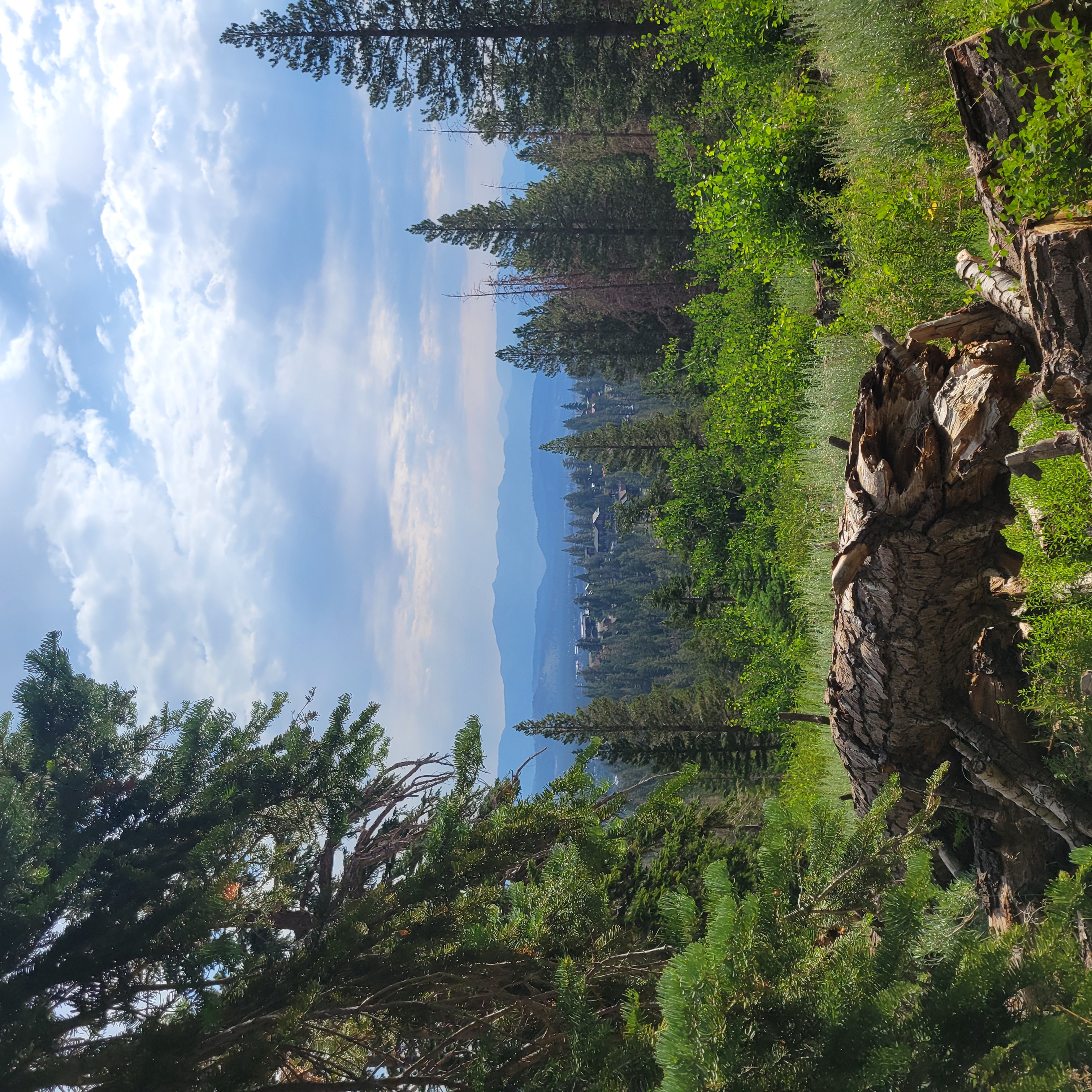Late summer in Mammoth Lakes is jam-packed with sporting events, from the June Lake Triathlon in August to Trail Fest and the Gran Fondo in September. And, while these races are popular among locals, we’re also so happy to welcome out-of-towners for these big events!
That being said, we want folks who aren’t accustomed to training in our unique Eastern Sierra conditions to know what exactly they’re getting into! In this article, we’ll share 8 tips on how to prepare for a race in the mountains, whether you’re signed up for one this year or have your sights set on 2025!
Consider swimming as the ideal cross-training option
If you live at sea level, you may not be able to get in much high altitude training before the race. But, swimming may be a good way to increase your lung capacity and performance! In a study comparing runners and swimmers, scientists found that the unique conditions of underwater sports, in which the body is under pressure and deprived of oxygen, had the effect of strengthening the diaphragm and chest walls and increasing the elasticity of the lungs. This may give swimmers an edge when facing the touch conditions of high altitude!

Start getting comfortable with inclines
Most races here in the mountains are, as you can probably guess, pretty mountainous! The Mammoth Gran Fondo, for instance, has a total elevation gain of 6,643 ft over the 102 mile course, and the Mammoth Trail Fest Hill Climb puts its participants through a grueling straight incline of 2,400 ft over just 2.75 miles.
Not all of our racing events feature such drastic inclines, but you’ll be glad you put in a few extra hill repeats into your training plan on race day. And, don’t miss out on the opportunity to take the stairs whenever you can!
Focus more on building endurance than sprints
Endurance sports tend to take the biggest hit when shifting from low elevation to high elevation conditions. According to some estimates, your endurance performance could decline by as much as 1 to 2% for every 1,000 ft of altitude. Once you go above 5,000 ft., these declines can be even more drastic.
So, take this into account when planning out your training schedule. In other words, if your plan recommends that you run a certain distance, you may add a few kilometers automatically to better build your endurance.

Train in your race day gear
Competing up here in the mountains often requires some special gear. Maybe you’ve invested in some high quality trail shoes, special UV sunglasses or a wetsuit.
Make sure that you don’t wait until race day to find out what it’s like to exercise in your new gear! Finishing the race with blisters or losing your glasses in the first mile because you didn’t realize they don’t fit will put a huge damper on the rest of your race.
If possible, get here early
With work and kid’s school schedules, it makes sense that many people can only arrive in Mammoth a day or two before their race. And, to be sure, that’s enough time for most people’s bodies to acclimate to the altitude for maintaining homeostasis.
But, arriving even earlier, with enough time to get a few workouts in before race day, will be even better. It will give your body time not only to readjust for at-rest functioning, but to practice performing under the pressures of high altitude. Arriving more than a week before your race will also give your body time to adjust to our overly dry desert conditions.
Looking for a condo for your high altitude training? Take a look at the units we have available right near your favorite training areas!
Steer clear of habits that might affect your lung capacity (cough, cough, we’re talking about smoking)
No matter if you’re an occasional smoker or never without your vape pen, the fact is, smoking can negatively affect your lung capacity. And, while your normal exercise routine may not be noticeably impacted by smoking, you might find yourself at more of a disadvantage at high altitude.
In fact, a study from the journal, Military Medical Research, found that smokers are more likely to suffer from increased coughing and mental status changes (i.e. cognitive impairment and mood fluctuations) than non-smokers at high altitude. And although the study took place at altitudes of 12,100 ft., it’s still a good idea to take care of your lungs as much as possible if you want to perform well on race day!
Eat the right foods while getting used to the altitude change
There are two things you want to focus on diet-wise when at high altitude: getting enough calories and upping your iron intake.
Let’s start with your calories. At high altitude, your body will naturally burn more energy to maintain homeostasis. So, if you’re feeling hungrier than usual while you’re up here, listen to your body! Load up on carbohydrate-dense foods like sweet potatoes, squash, green peas and other starchy veggies, as well as whole grains and fruits.
Increasing your intake of iron-rich foods is also a good idea for high altitude. That’s because this will help your body to produce the red blood cells it needs to perform under oxygen-sparse conditions. Examples of iron-rich foods include beef, eggs, and lentils.
Make peace with the possibility that you may not get a PR
Competing at high altitude is an amazing personal achievement, no matter what your finish time turns out to be. In fact, we think that the true winners are the ones who are able to look up during the race and appreciate the joy of running, swimming or biking in such a beautiful area. And, even if you don’t hit a PR, the challenge of attempting a race at high altitude is something to be celebrated!

So, even if you don’t end up winning the race or beating your best time, make sure to stop and think about what a gift it is to travel to Mammoth for your favorite sport!
Have some tips for training for a race in Mammoth Lakes?
Here at Mammoth Mountain Reservations, we love inviting back athletes who come up every year to compete in their favorite races! So, we know that some of you have your own tips and tricks for overcoming altitude sickness and the challenges of exercising in the mountains.
We’d love to know what you do to get ready for your next big race in Mammoth Lakes!
